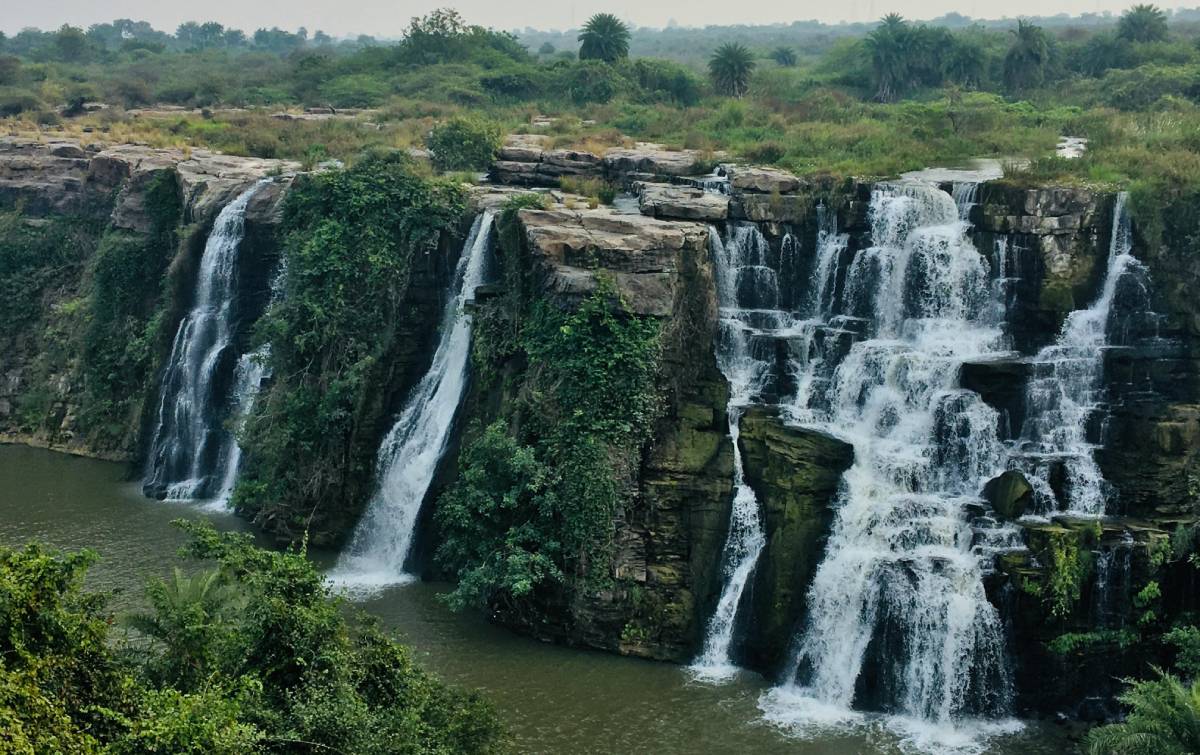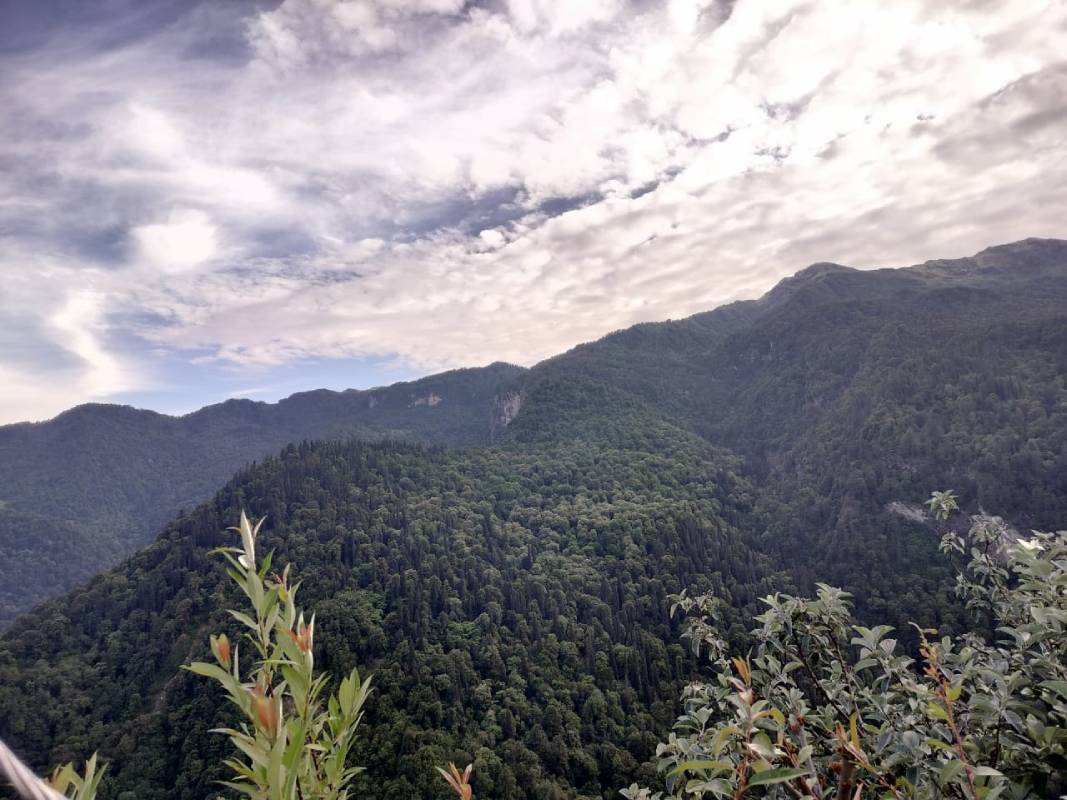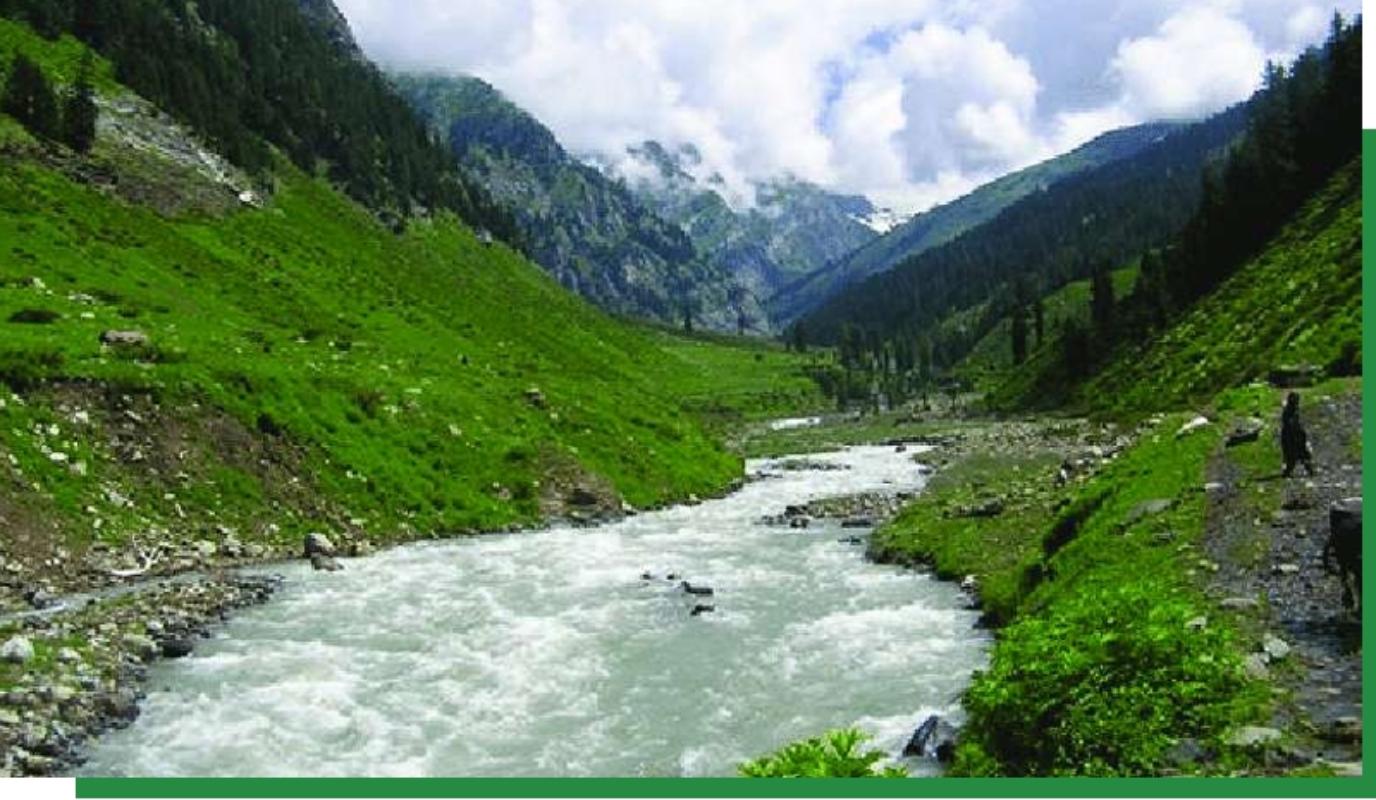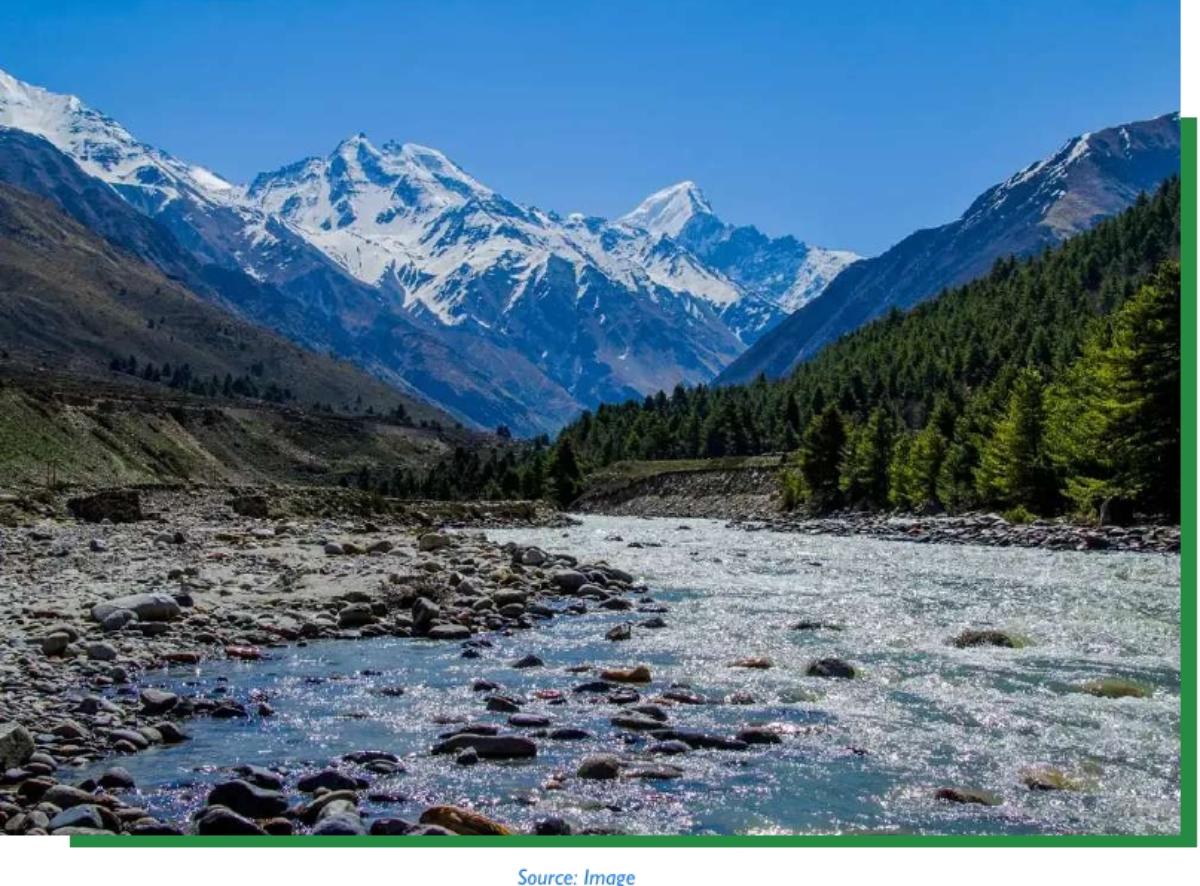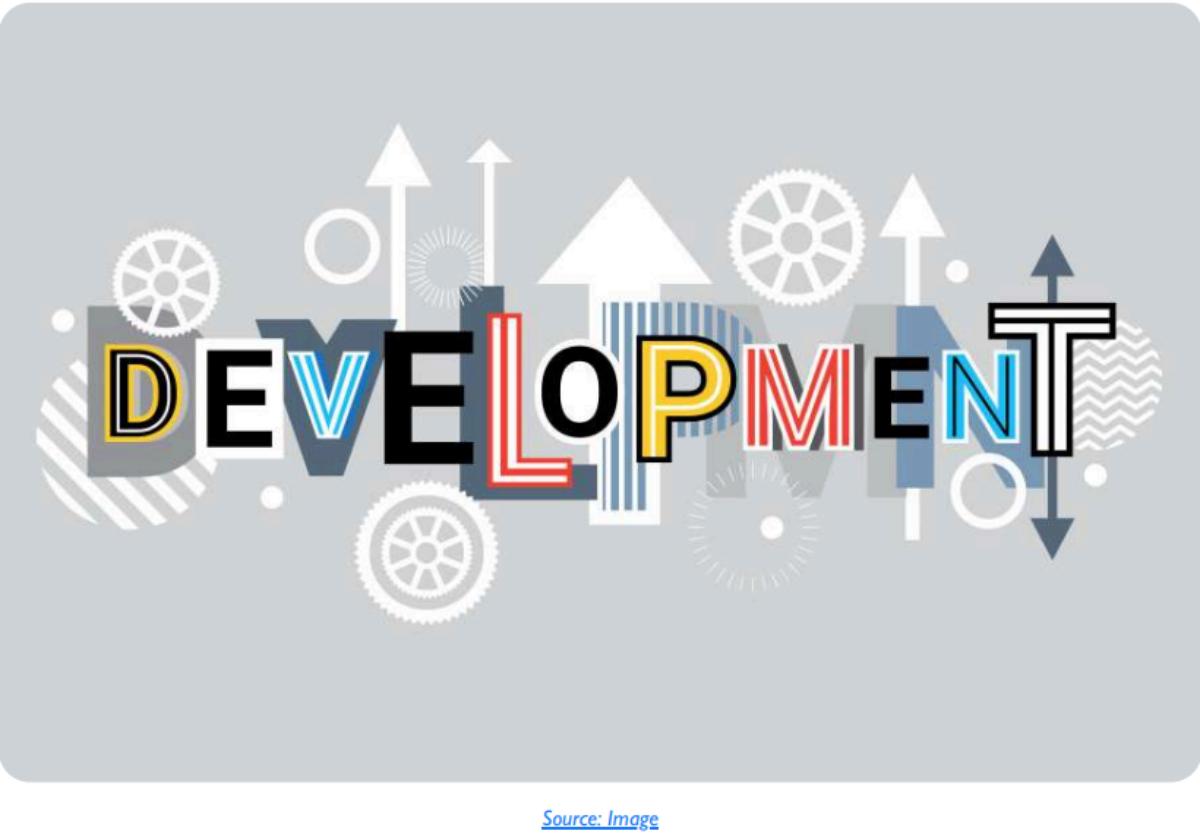Introduction
As per one of its advocates, the DGB Group[1], “The concept of biodiversity credits is a new way to finance conservation efforts while benefiting local communities and biodiversity custodians. The key considerations for a successful biodiversity credit system include the accounting for ecosystem diversity, utilising multivariate approaches, ensuring long-term financial security and legal guarantees for projects, and differentiating between preservation and restoration activities.
Biodiversity markets can potentially transform how we approach conservation by creating a financial incentive for protecting and restoring natural ecosystems. By providing measurable ecological outcomes, long-term certainty to investors and biodiversity custodians, and meaningful time horizons for conservation outcomes, biodiversity credits can help to accelerate funding for biodiversity conservation.“
However, many other actors in the field of biodiversity are not convinced of the above. We carry two critiques of the biodiversity credits
Critique by the Third World Network
Biodiversity offsets and credits are market-based approaches that are currently promoted by various intergovernmental institutions. They are identified in the Kunming-Montreal Global Biodiversity Framework as one of a number of “innovative schemes” that should be stimulated to increase financial resources for biodiversity. Biodiversity offsets allow private actors to compensate for their actions that cause biodiversity loss, by paying for biodiversity conservation. Although the definition of biodiversity credits is still in progress, in principle, it is expected that they would enable investments in conservation and not be used for offsetting purposes, although it remains unclear how this would be enforced.
However, a series of aspects need to be considered before adopting these mechanisms as strategies to increase financial resources for biodiversity. This briefing paper outlines the most problematic aspects related to biodiversity offsets and credits, which question their effectiveness in protecting biodiversity and the communities who safeguard and depend directly on nature. These have been organized in three main dimensions: operational aspects, aspects related to the rationale that underpins offsets, and aspects related to the rights of Indigenous Peoples.
Operational Aspects
The methodology applied to calculate biodiversity offsets rests on the assumption that “what is not measured, is not compensated” (Moreno-Mateos et al., 2015; Robertson, 2004). This is particularly concerning considering the trend towards simplified assessments around the world (Robertson, 2006).Given that biodiversity is not fungible and that biodiversity losses and gains are difficult to measure, and that each country applies different methodologies for this, compensation may not happen at the expected rates and distribution.
Several – if not the majority of – offsets requested by states or voluntary financial agreements do not subscribe to the mitigation hierarchy, with firms eschewing the avoidance and mitigation phases and going directly into compensation. The problem lies in the mitigation hierarchy: having offsets as the final step tends to dis incentivize earlier stages of avoidance and mitigation (Robertson, 2000; Apostolopoulou and Adams, 2017; Gutierrez et al., 2021), because it is cheaper and faster for firms to pay for compensation rather than to avoid or mitigate biodiversity loss.
The evidence points at a failure to achieve “no net loss” of biodiversity, with two-thirds of biodiversity offsets falling short of achieving this target (zu Ermgassen et al., 2019). The challenges encountered include a scarcity of credits, ineffective monitoring, a lack of transparency, and the considerable expenses involved in developing and implementing methodologies to assess “ecological equivalences” (Kujala et al., 2022).
Biodiversity offsets may lead to more degradation at compensation sites (Maron et al., 2015). Because offsets can inject money into conservation initiatives, there is an economic incentive for those who offer conservation actions to show a significant change in biodiversity. Consequently, the baselines produced to prove compensation measures may tend to overstate positive conservation outcomes by exacerbating biodiversity loss prior to the projected conservation measure. This is a problem that may increase under the “shifting baseline syndrome”, which tends to overrepresent current states of biodiversity, instead of the state of a healthy ecosystem (Papworth et al., 2009).
Civil society and environmental movements have not been positively receptive to biodiversity offsets. The lack of legitimacy among local government institutions and closed selection of participants in the design and validation of these programmes can lead to social contestation and operational challenges (Ferreira and Ferreira, 2019; Maestre-Andrés et al., 2020).
Biodiversity offsets are being paired with the concept of credits (e.g., in Target 19(d) of the Kunming-Montreal Global Biodiversity Framework). However, very little is known about how these credits work and what the main difference is between them and offsets.
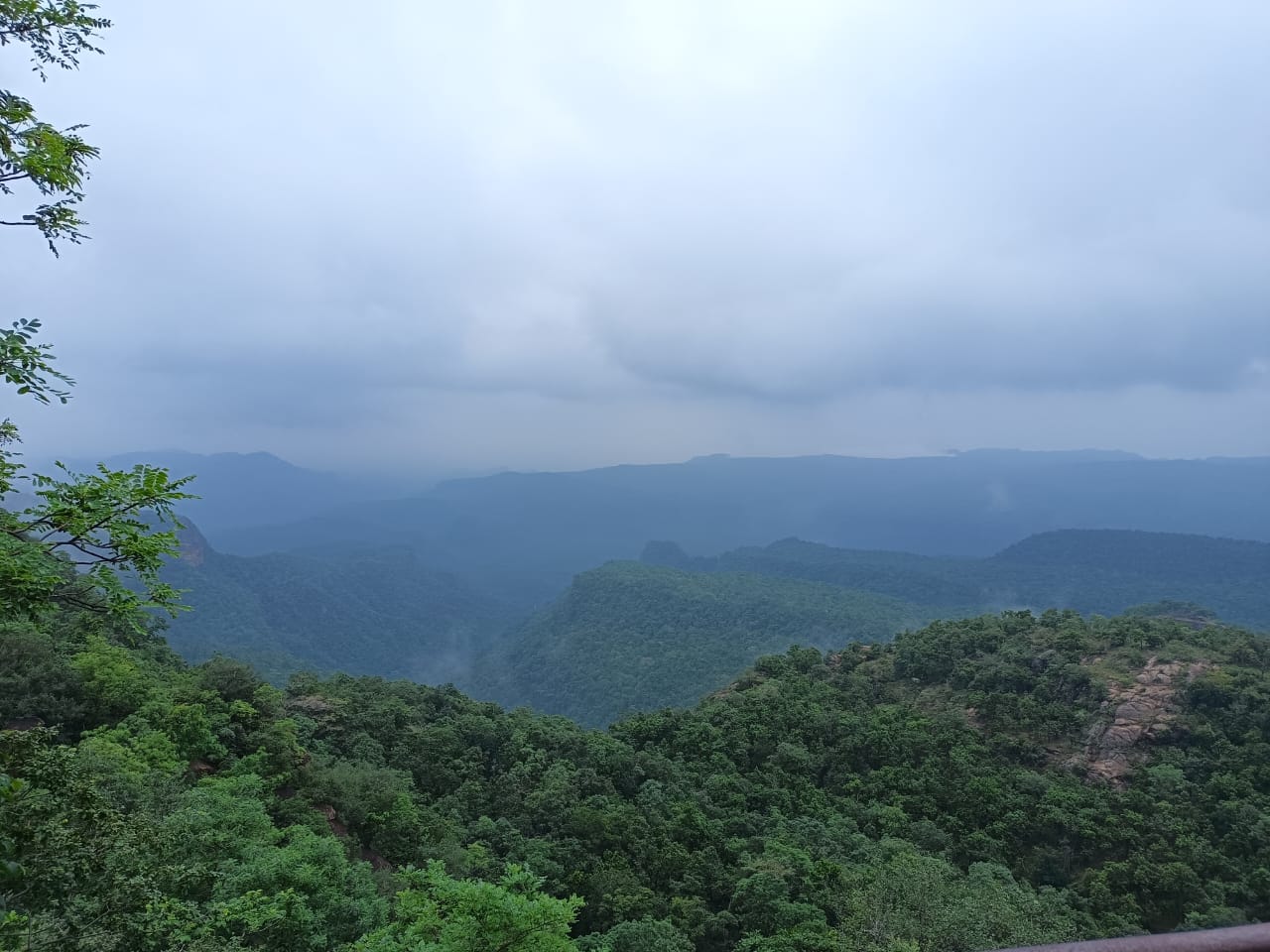
Aspects related to the rationale underpinning biodiversity offsets
The assumption that life and ecosystems are replaceable through a process of ecosystem rebuilding underpins biodiversity offsets. The notion of rebuilding an ecosystem assumes that ecosystems can be isolated from their spatial, evolutionary, historical, and social contexts (Moreno-Mateos et al., 2015). However, long-term research in wetland programmes in the US shows low success rates of plant cover and functionality in restored and recreated ecosystems (Moreno-Mateos et al., 2015).
The “ecological equivalence” that biodiversity offsets and credits attempt to achieve under complex, technical and standardized methodologies overlooks the full range of values (use and non-use) associated with biodiversity (Griffiths et al., 2019).
The injection of capital into conservation through offsets can become an obstacle to transformative change as it obscures important discussions on alternatives to the current ecological crisis (Apostolopoulou and Adams, 2017). Furthermore, these types of market-based mechanisms have been characterized by a lack of involvement and discouragement of pro-environmental behaviours at the local level, including people’s willingness to engage in collective action and promote equity (Cinner et al., 2021).
In some countries, there is not enough land that can be dedicated to compensation measures under the projected development rates (Sonter et al., 2020). For instance, the amount of land for protection and restoration in the region of East Kalimantan, in Indonesia, does not counterbalance future biodiversity losses (Sonter et al., 2020). Estimated development in this area (only for two sectors: mining and oil palm expansion) will need to clear 6,311 km2 of forest, requiring 12,622 km2 of restoration (under an offset multiplier of two).
Aspects related to the rights of Indigenous Peoples
Given the trajectory of market-based instruments to protect biodiversity (Tupala et al., 2022), the promotionof offsets and credits is concerning. First, because it brushes away alternative valuations of nature (seeGriffiths et al., 2019) to enforce one type of valuation, the economic one. And second, because it leaves asideIndigenous knowledges and practices to protect nature.
The notion underpinning biodiversity offsets accepts and promotes a quantitative approach that decides which territories should be conserved and which ones should be destroyed, ranking human and non-human lives to distribute “losses and benefits”, and increasing inequality and poverty (Griffiths et al., 2019). Market-based approaches have contributed to the weakening of Indigenous and local knowledge systems, turning this into a problem that Indigenous scholar Yolanda Lopez-Maldonado (2022) frames as “an existential threat to humanity”.
Biodiversity market-based mechanisms have been linked to continued dispossession and violations of the rights of Indigenous Peoples, as the Bribri Indigenous leader Levi Sucre Romero argues (2022), and the caseof the Cordillera Azul National Park illustrates (see Forest Peoples Programme, 2023).
Weaknesses in the implementation of free, prior and informed consent (FPIC) at domestic levels also pose athreat to Indigenous Peoples in the context of biodiversity offsets and credits. Moreover, this threat increasesin the absence of recognition of tenure rights, which is often the case in many countries and most protectedareas (UNEP-WCMC et al., 2018).
References
Apostolopoulou, E., & Adams, W.M. (2017). Biodiversity offsetting and conservation: reframing nature to save it. Oryx, 51(01), 23–31. https://doi.org/10.1017/S0030605315000782
Cinner, J.E., Barnes, M.L., Gurney, G.G., Lockie, S., & Rojas, C. (2021). Markets and the crowding out of conservation relevant behavior. Conservation Biology, 35(3), 816–823. https://doi.org/10.1111/cobi.13606
Convention on Biological Diversity, U.N. (2022). Kunming-Montreal Global Biodiversity Framework. Retrieved from https://www.cbd.int/gbf/ (17 January 2024).
Ferreira, C., & Ferreira, J. (2019). Failure to Expand? Socio-Technical Practices and Moral Judgement in Markets for Biodiversity Offsets. New Political Economy, 24(5), 716–733. https://doi.org/10.1080/13563467.2018.1501357
Forest Peoples Programme (2023). Kichwa organizations of San Martin, Peru lament breakdown of dialogue with Cordillera Azul National Park authorities, territorial rights violations continue. (18 January). https://www.forestpeoples.org/en/2023/Kichwa-organizations-San-Martin-lament-dialogue-breakdown-Cordillera-Azul
Griffiths, Victoria F., Bull, Joseph W., Baker, Julia, & Milner‐Gulland, E.J. (2019). No net loss for people and biodiversity. Conservation Biology, 33(1), 76–87. DOI:10.1111/cobi.13184
Gutierrez, M., Bekessy, S.A., & Gordon, A. (2021). Biodiversity and ecosystem services in strategic environmental assessment: An evaluation of six Australian cases. Environmental Impact Assessment Review, 87, 106552. https://doi.org/10.1016/j.eiar.2021.106552
IUCN (2016). International Union on the Conservation of Nature Policy Brief on Biodiversity Offsets. https://www.iucn.org/sites/default/files/2022-06/iucn_biodiversity_offsets_policy_jan_29_2016_0.pdf
Kujala, H., Maron, M., Kennedy, C.M., Evans, M.C., Bull, J.W., Wintle, B.A., Iftekhar, S.M., Selwood, K.E., Beissner, K., Osborn, D., & Gordon, A. (2022). Credible biodiversity offsetting needs public national registers to confirm no net loss. One Earth, 5(6), 650–662. https://doi.org/10.1016/j.oneear.2022.05.011
Local Communities’ rights and agency too. Ambio, 51(3), 811–812. DOI:10.1007/s13280-021-01663-2
Maestre-Andrés, S., Corbera, E., Robertson, M., & Lave, R. (2020). Habitat banking at a standstill: The case of Spain. Environmental Science & Policy, 109, 54–63. https://doi.org/10.1016/j.envsci.2020.03.019
Maron, M., Bull, J.W., Evans, M.C., & Gordon, A. (2015). Locking in loss: Baselines of decline in Australian biodiversity offset policies. Biological Conservation, 192, 504–512. https://doi.org/10.1016/j.biocon.2015.05.017
Moreno-Mateos, D., Maris, V., Béchet, A., & Curran, M. (2015). The true loss caused by biodiversity offsets. Biological Conservation, 192, 552–559. https://doi.org/10.1016/j.biocon.2015.08.016
Papworth, S.K., Rist, J., Coad, L., & Milner-Gulland, E.J. (2009). Evidence for shifting baseline syndrome in conservation. Conservation Letters, 2, 93–100. https://doi.org/10.1111/j.1755-263X.2009.00049.x
Robertson, M.M. (2000). No Net Loss: Wetland Restoration and the Incomplete Capitalization of Nature. Antipode, 32(4), 463–493. https://doi.org/10.1111/1467-8330.00146
Robertson, M.M. (2004). The neoliberalization of ecosystem services: wetland mitigation banking and problems in environmental governance. Geoforum, 35(3), 361–373. https://doi.org/10.1016/j.geoforum.2003.06.002
Robertson, M.M. (2006). Emerging ecosystem service markets: trends in a decade of entrepreneurial wetland banking. Frontiers in Ecology and the Environment, 4(6), 297–302. https://doi.org/10.1890/1540-9295(2006)4[297:EESMTI]2.0.CO;2
Sonter, L.J., Simmonds, J., Watson, J., & Maron, M. (2020). Biodiversity offsetting requires lots of land. IUCN. https://www.iucn.org/news/business-and-biodiversity/202004/biodiversity-offsetting-requires-lots-land
Sonter, L.J., Simmonds, J.S., Watson, J.E.M., Jones, J.P.G., Kiesecker, J.M., Costa, H.M., Bennun, L., Edwards, S., Grantham, H.S., Griffiths, V.F., Jones, K., Sochi, K., Puydarrieux, P., Quétier, F., Rainer, H., Rainey, H., Roe, D., Satar, M., Soares-Filho, B.S., … Maron, M. (2020). Local conditions and policy design determine whether ecological compensation can achieve No Net Loss goals. Nature Communications, 11(1), 2072. https://doi.org/10.1038/s41467-020-15861-1
Sucre Romero, Levi. (2022). Forest Equity: What Indigenous People Want from Carbon Credits. Yale Environment 360.
Tupala, Anna-Kaisa, Huttunen, Suvi, & Halme, Panu (2022). Social impacts of biodiversity offsetting: A review. Biological Conservation, 267, 109431. DOI:10.1016/j.biocon.2021.109431
UNEP-WCMC, IUCN, & NGS (2018). Protected Planet Report 2018. UNEP-WCMC, IUCN and NGS.
zu Ermgassen, Sophus O.S.E., Baker, Julia, Griffiths, Richard A., Strange, Niels, Struebig, Matthew J., & Bull, Joseph W. (2019). The ecological outcomes of biodiversity offsets under “no net loss” policies: A global review. Conservation Letters, 12(6).
Curtsy: Third World Network (www.twn.my)
Green Earth Blockchain Tokens
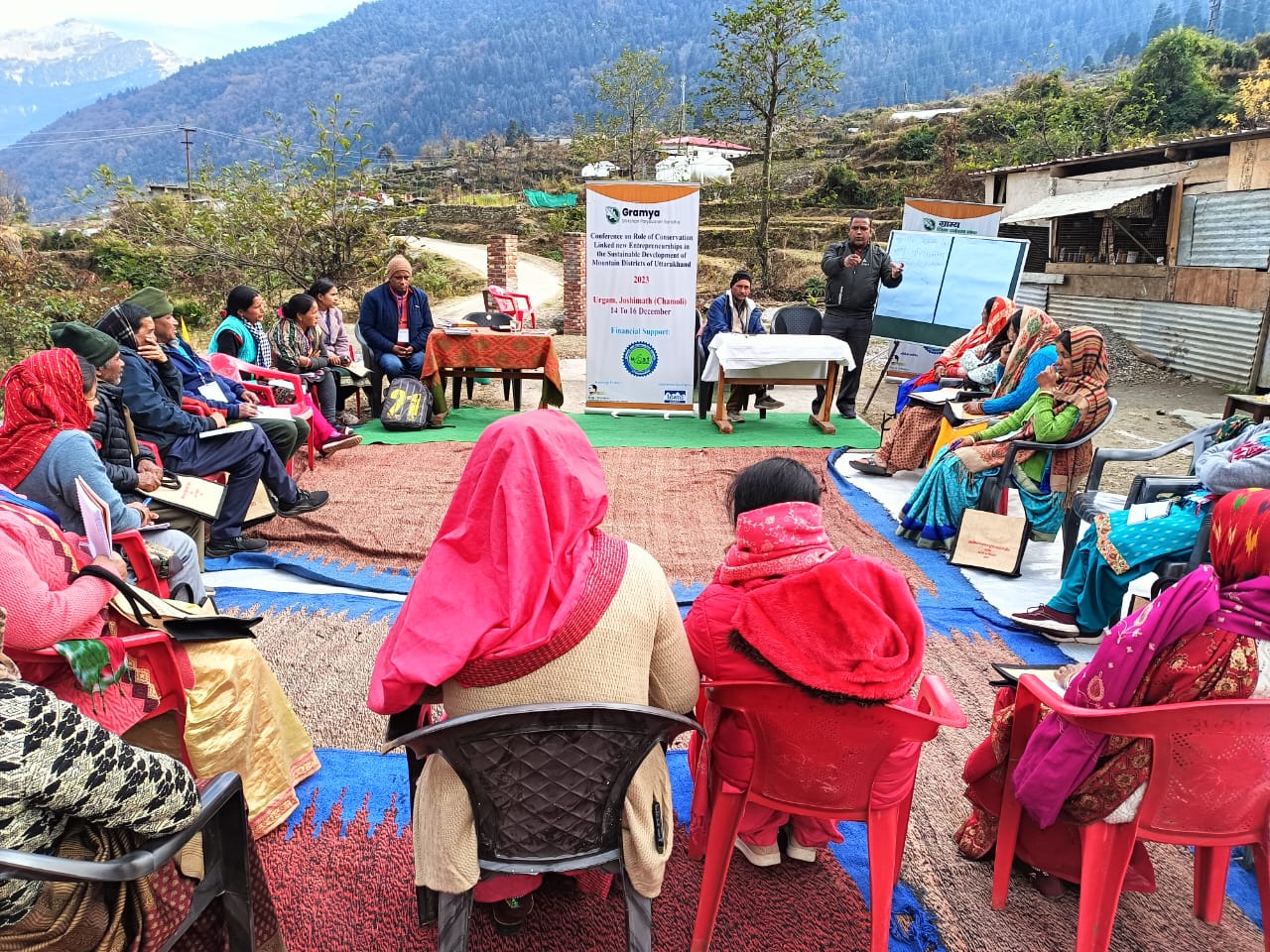
After decades of continuous loss of biodiversity, brought upon by rapid Industrialization, and without any costs attached to such actions, a new narrative has emerged focusing on creating a mechanism for Offset for Biodiversity losses.
Already, we have the immediate case of how Carbon Offsets are designed. The limitations or rather façade of Carbon Offsets have already brought to fore the following fundamental issues:
- That the focus on additions from scratch, ignores the pre-existing ecosystems that continuously and on much larger scale are responsible for real additions.
- The multiplier effects of ecosystems and associated human practices versus the unit by unit additions, are also ignored
- Hence, it basically shifts the focus from the real carbon deposit efforts to financially intensive, long drawn and uncertain efforts.
As we now are moving the boundary to Biodiversity offsets, the above experience is of importance.
Biodiversity is a much more sensitive and vast subject that demands a truthful evaluation. The following issues stand out:
- Unlike unit based carbon assessments, and their addition, the biodiversity in an area cannot be grown by design. It can only be not-interfered with, including existing human practices that co-exist with that biodiversity. Hence, old models that focus on Addition, will find very little application.
- The assessment of Biodiversity value, shall remain an arbitrary exercise. The impact of an ecosystem directly and indirectly, locally and remotely, immediate and in distant times and scenarios, will be limited by sizing the physical, observable and measurable parameters.
- The same shall be applied in a different ecology, to estimate the Offset. In countries like India, where numerous local ecologies intertwine across the subcontinent to create weather patterns, it is even more difficult.
- The participation and involvement of sustainable livelihoods, which are intertwined with local ecologies.
- Ideally, the local communities who are part of and custodians of a Bio-diverse area, shall have the best sense of the Offset value. Hence, models that incorporate direct involvement and transparency of sharing Offset value, will be required for a fair, market driven value to be discovered.
It is clear that ignoring the above shall lead to one or more of the following:
- Inconsequential capital dump in the guise of Biodiversity Offsets, with the unfortunate consequence of Biodiversity destruction without any real Offsets.
- Arbitrariness and Opaqueness in sharing of Offsets with the human linkages of ecology.
The Biodiversity offsets are designed, with all above faults. Clearly, the planet cannot afford such programs, as Biodiversity is the last frontier.
[1]https://www.green.earth/blog/biodiversity-credits-an-innovative-financing-mechanism-for-conservation


